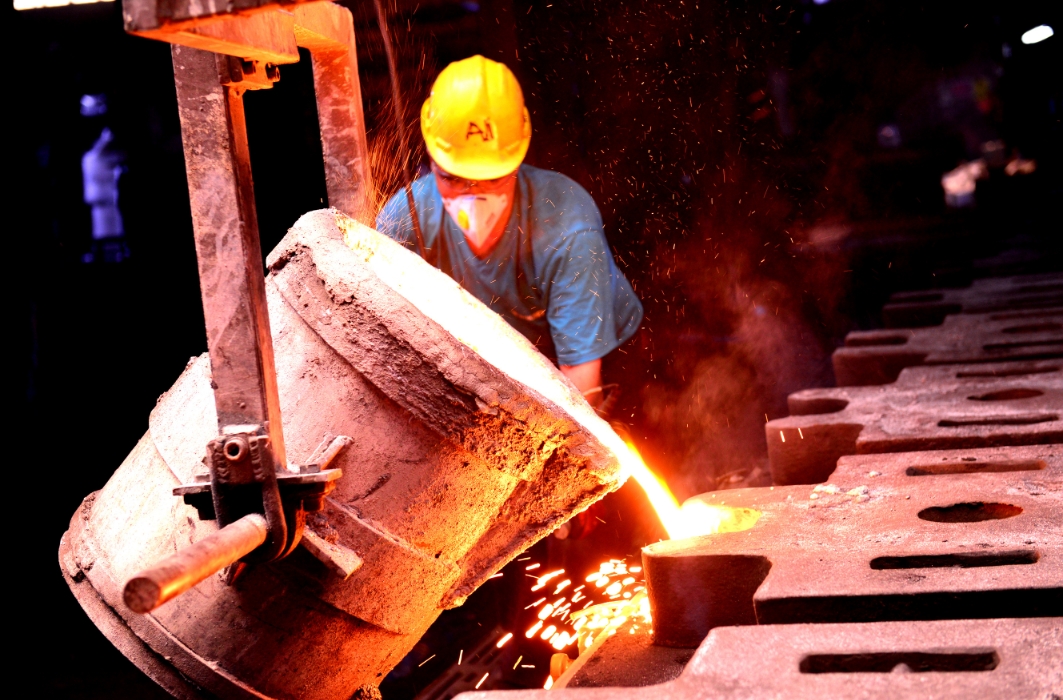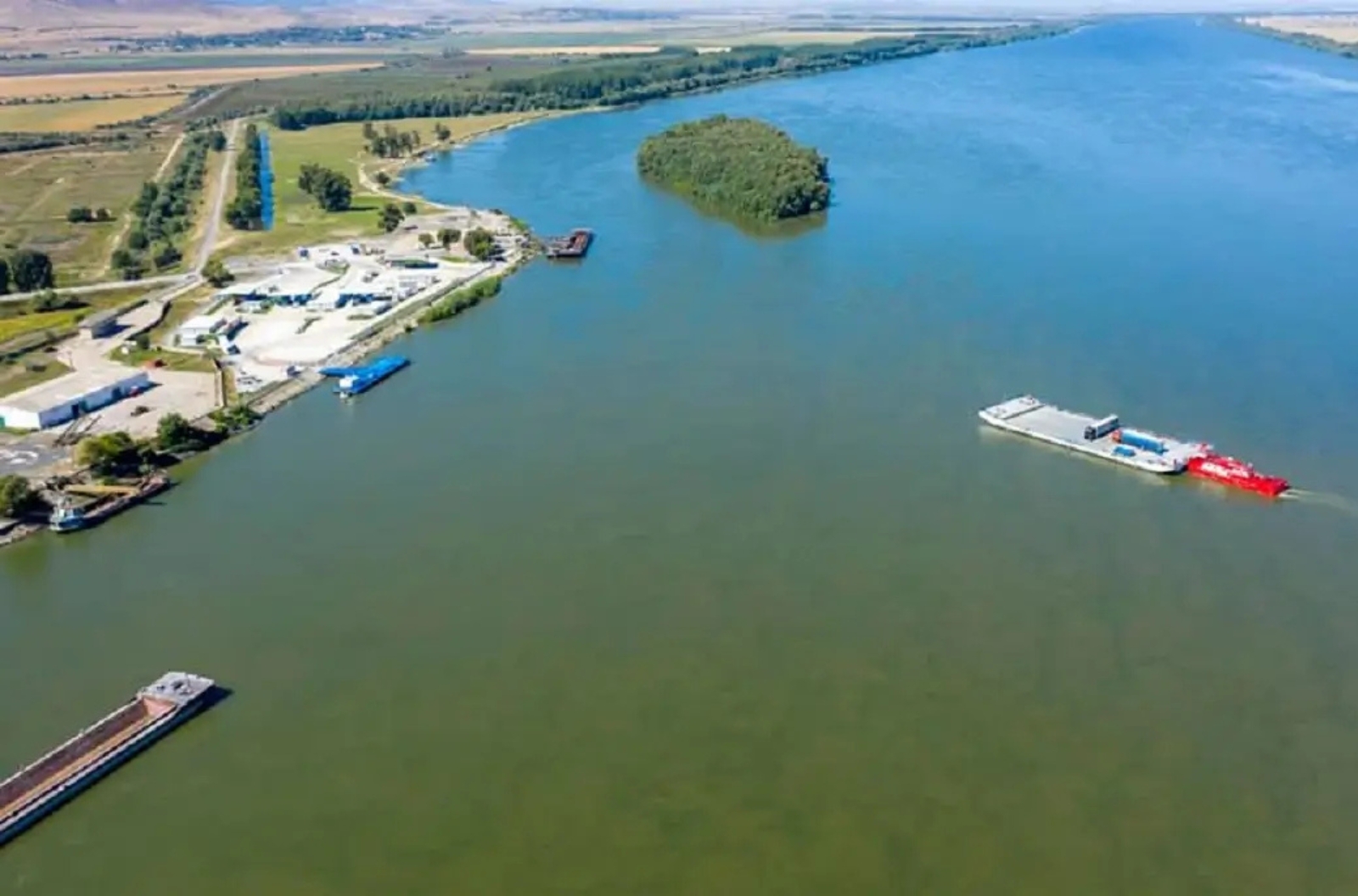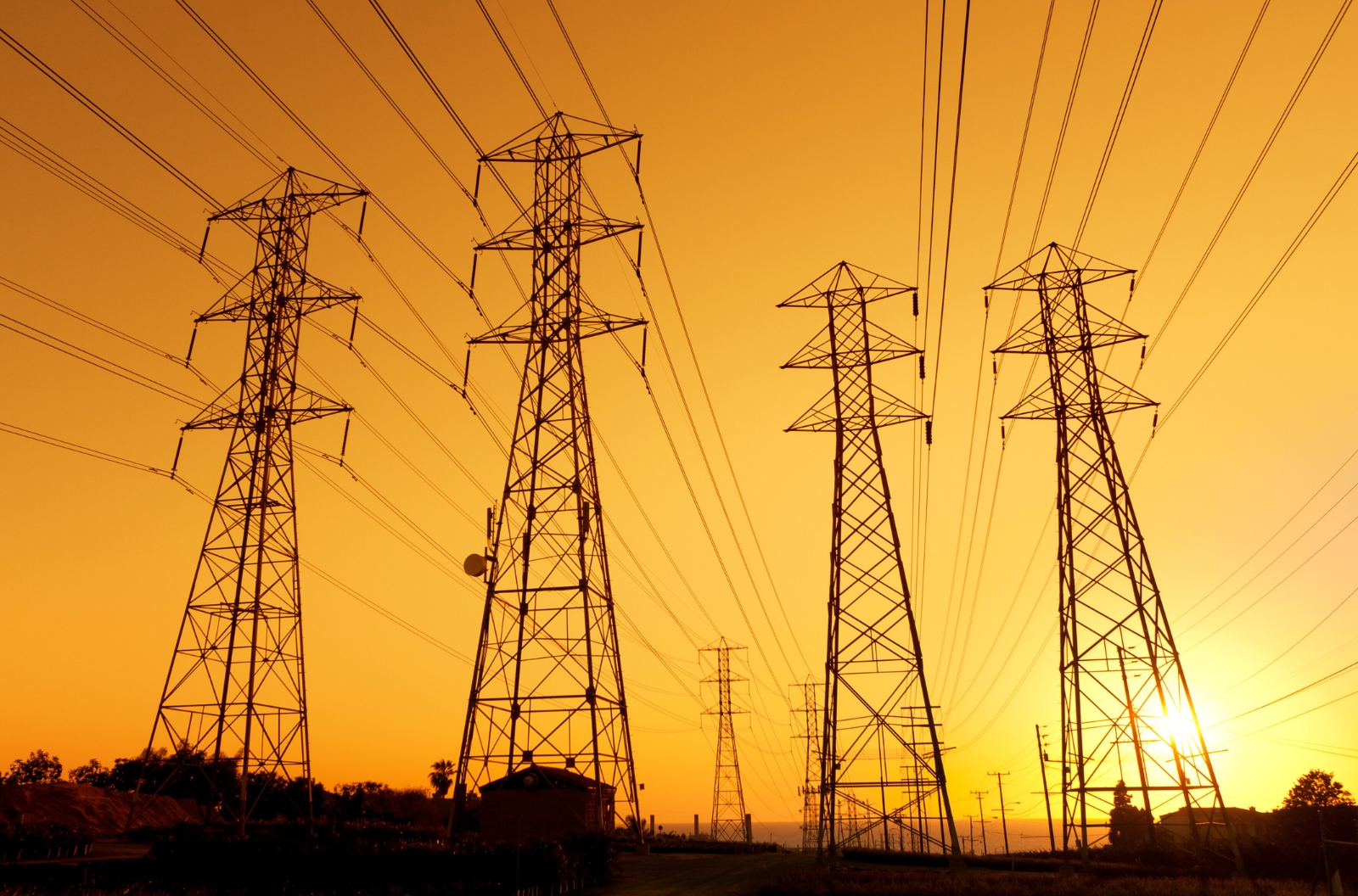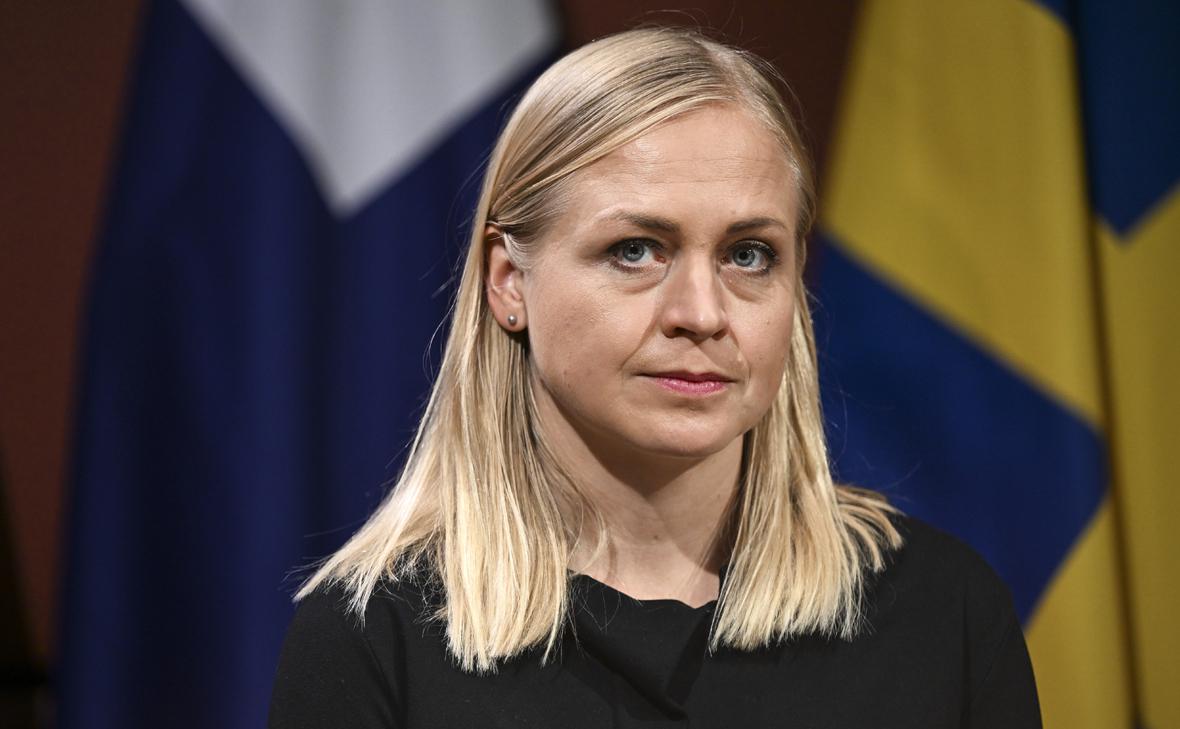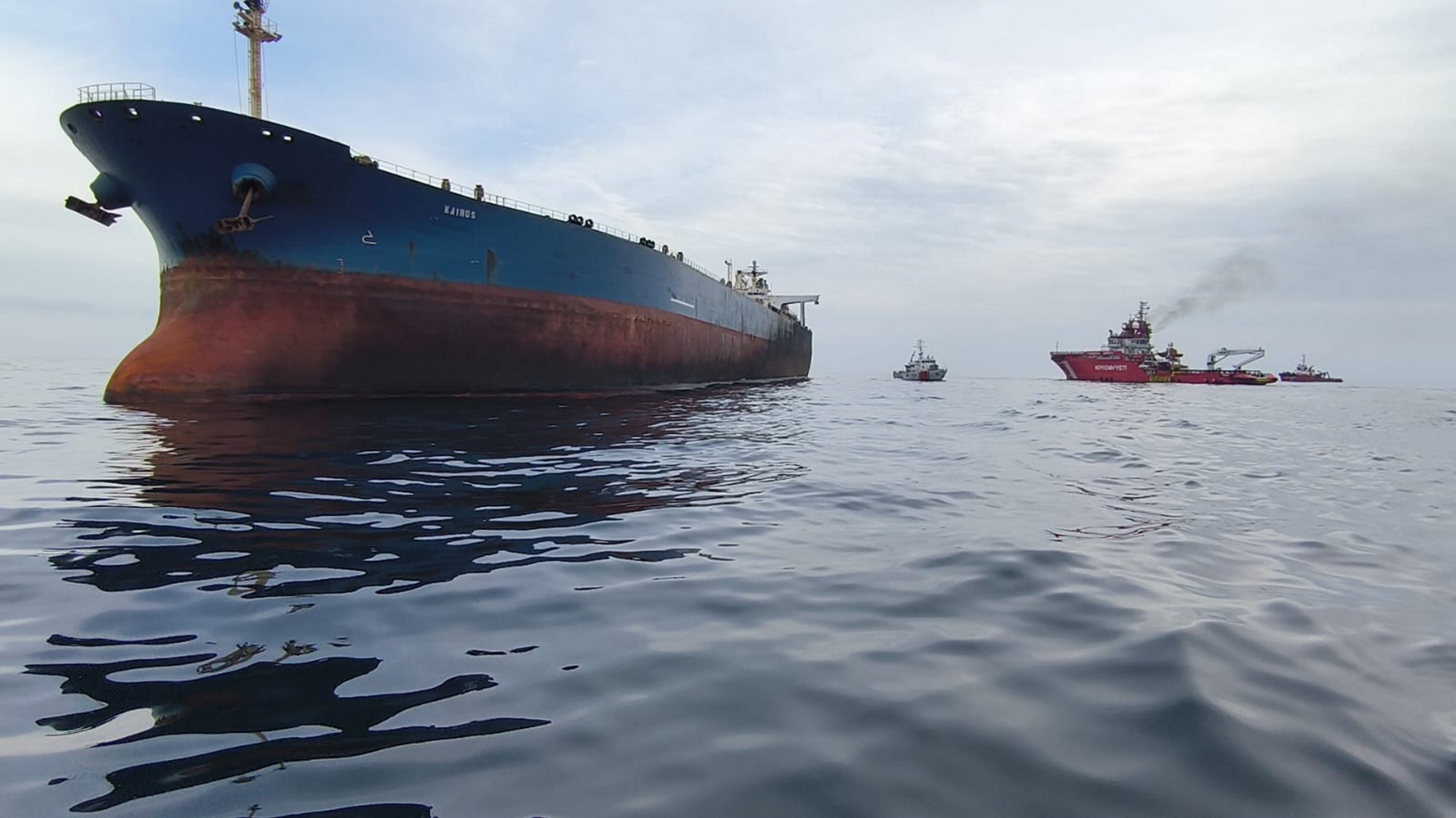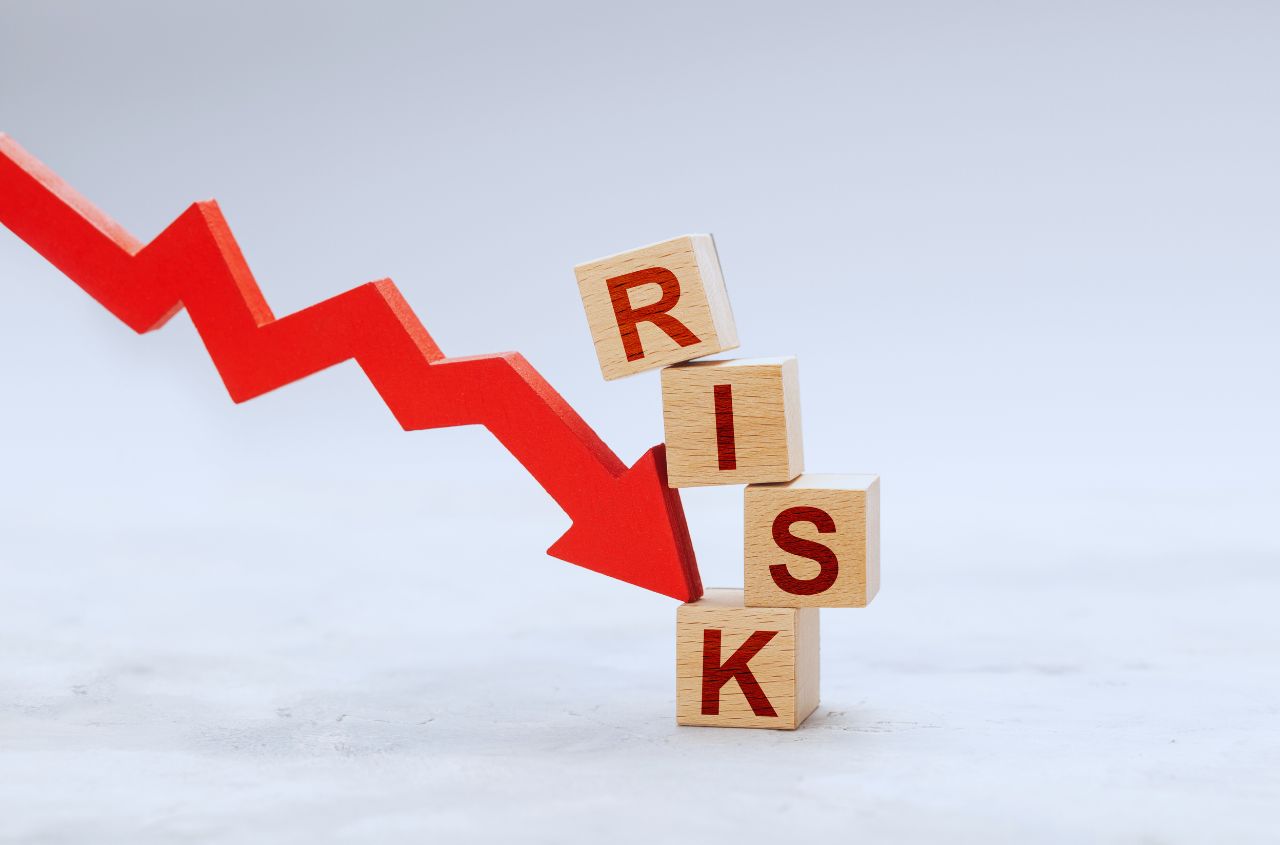Poland has almost completely shifted to importing iron ore from Ukraine, fully abandoning Russian supplies. According to the Polish Economic Institute (PIE), in 2024, 93.6% of all ore purchased by Polish metallurgists came from Ukraine. By comparison, in 2015, this figure was only 70.1%, while Russia still held a significant share—over 12%. Today, Russian deliveries have been completely removed from the Polish market, reports wprost.
At the EU level, the situation with iron ore supply remains challenging. Domestic reserves are nearly depleted, and the only major producer within the EU is Sweden, which exported 7.5 million tons of ore in 2024. The main suppliers to Europe remain Canada (25.4 million tons), Brazil (16.6 million tons), Ukraine (14 million tons), and South Africa (8.9 million tons).
Experts emphasize that iron ore is a fundamental resource for blast furnace technology, traditionally used in steel production. At the same time, electric arc furnaces (EAFs), which operate mainly on scrap metal, are becoming increasingly important. This technology requires significantly less ore and is considered more environmentally friendly.
PIE notes that the decarbonization of industry in Europe will inevitably accelerate the transition to electric arc furnaces, which will reduce demand for iron ore in the coming years. For Poland, this means that the current dominant role of Ukrainian supplies may gradually decrease.
The country’s largest steel producer, ArcelorMittal, has already announced plans to invest in a “green” transition, although no specific start dates have been provided. If the project is implemented, it will represent a technological revolution for Polish metallurgy and fundamentally change the structure of import needs.









